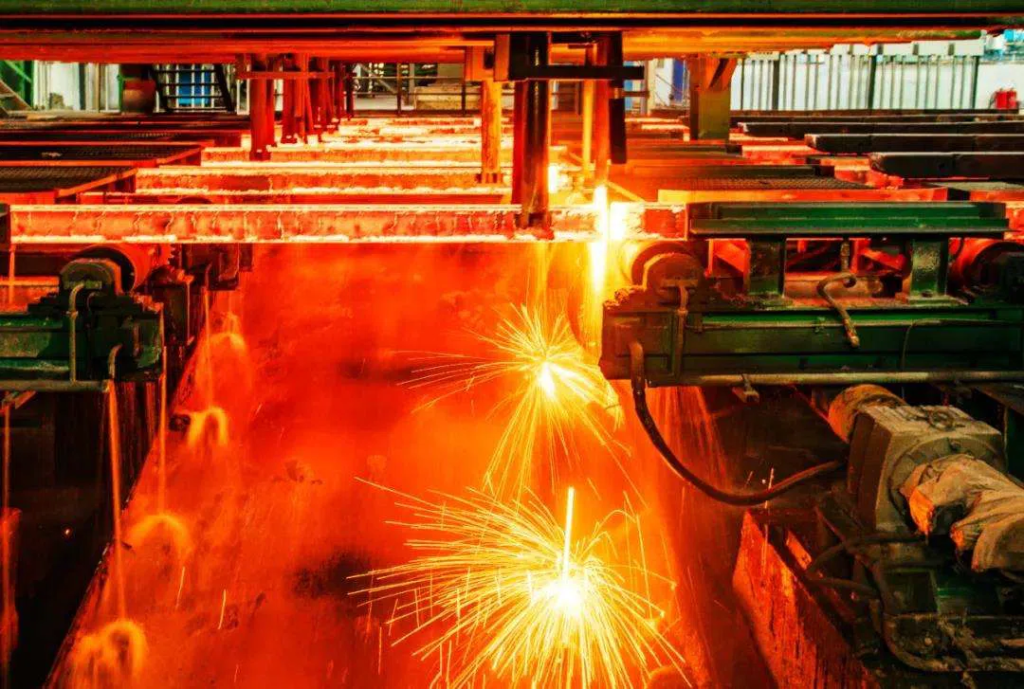What is hardenability?

Hardenability refers to the material properties defined by the depth of the hardened layer and the sample’s hardness distribution under specified circumstances, and it is mostly determined by the material’s critical quenching cooling rate. Under certain conditions, the qualities that govern the depth of hardening and the distribution of hardness in steel. That is, the ability to determine the depth of the hardened layer when the steel is quenched, indicating the steel’s capacity to withstand quenching.
The depth of the hardened layer, also known as the depth of the hardened layer, is the distance between the steel’s surface and its semi-martensitic zone (50 percent of the martensite in the structure, and the remaining 50 percent is the pearlite type structure). (There are additional steel grades that need 90 percent or 95 percent martensitic zone organisation, such as tool steel and bearing steel.) The higher the depth of the steel’s hardened layer, the better the steel’s hardenability.
Steel has a good or terrible hardenability, which is commonly characterised by the depth of the hardened layer. The harderenability of steel improves with the depth of the hardened layer. Steel’s hardenability is an intrinsic attribute of the material; it is solely dependent on internal conditions and has no bearing on external influences.
Steel’s hardenability is primarily determined by its chemical makeup, particularly the alloying elements and grain size that promote hardenability, as well as heating temperature and holding time. A steel with excellent hardenability can achieve consistent mechanical characteristics over its whole section, and a quenching agent with a low quenching stress can be used to prevent deformation and cracking.
The critical cooling rate is mostly determined by the hardenability of the supercooled austenite, and the critical cooling rate is primarily determined by the stability of the supercooled austenite. The following are the primary elements that influence austenite’s stability:
- When carbon concentration in austenite is less than 0.77 percent, the critical cooling rate is greatly lowered, and steel hardenability improves; when C percent is larger than 0.77 percent, the cooling rate of steel increases, and steel hardenability drops. The second factor to consider is the effect of alloying elements. Except for cobalt, most alloying elements dissolve into austenite, lowering the critical cooling rate and enhancing steel hardenability.
- Influence of austenite grain size on steel hardenability: The actual grain size of austenite has a significant impact on steel hardenability. Coarse austenite grains can cause the C curve to move to the right, lowering the steel’s critical cooling rate. The coarse granules, on the other hand, will cause the steel to distort, break, and lose its hardness.
- The impact of austenite uniformity: under the same cooling conditions, the more uniform the austenite composition is, the lower the nucleation rate of pearlite, the longer the transformation incubation period, the right shift of the C curve, the slower the critical cooling rate, the slower the steel. The higher the hardenability, the better.
- The thickness and distribution of the original steel structure will have a considerable impact on the composition of austenite.
- Some elements, such as Mn, Si, and other elements, help to improve hardenability, but they can have negative consequences for the steel.
- Do you have any specific questions about the Machining Services? Contact Us!
- We are professional manufacturer for Metallurgical Equipment, Metallurgical Spare Parts, Mining Equipment, Mining Equipment Spare parts, Steel Rail, and Wear Resistance parts for over decades.
